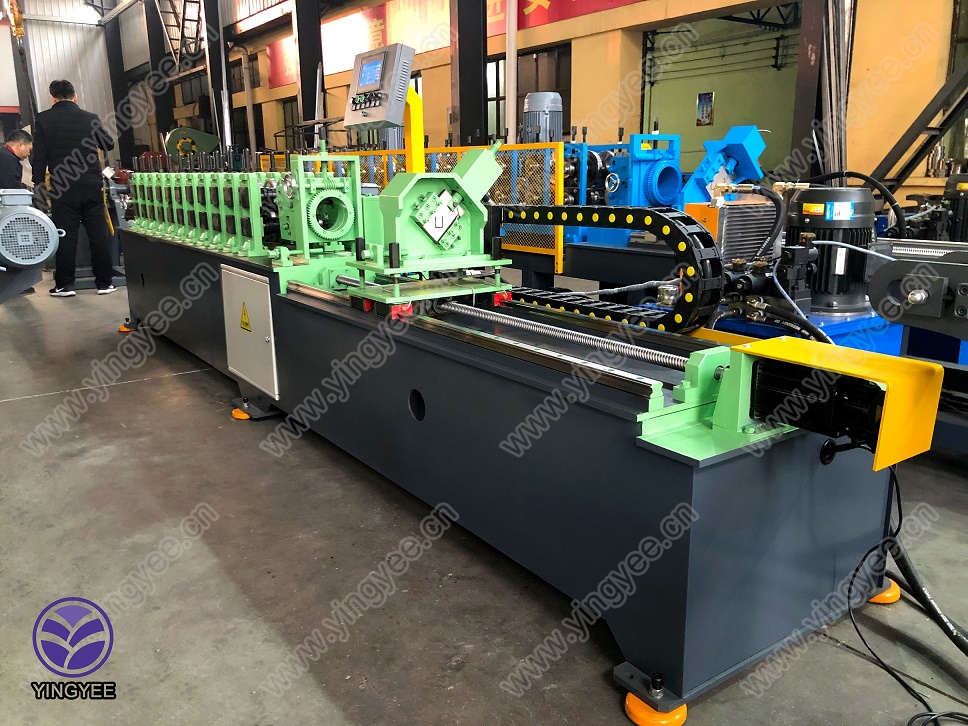
The Evolution and Significance of Solar Panel Making Machines
In the modern age, as the world grapples with the challenges of climate change and environmental degradation, the demand for renewable energy sources has surged. Among these, solar energy stands out as one of the most promising alternatives due to its abundance and sustainability. Central to the harnessing of solar energy is the solar panel, a technology that has evolved tremendously over the years. Behind the production of solar panels lies a crucial component the solar panel making machine.
Solar panel manufacturing machines are specialized equipment designed to produce photovoltaic (PV) cells and panels efficiently and effectively. These machines automate many of the intricate processes involved in solar panel fabrication, including module assembly, lamination, and testing. One pivotal aspect of solar panel manufacturing machines is their ability to enhance production scalability. With the increasing demand for solar panels, manufacturers are under pressure to ramp up production capacity. Advanced manufacturing technologies enable companies to produce hundreds or even thousands of panels daily, meeting both local and global market needs.
The creation of solar panels involves several steps, with machines specifically tailored for each stage to optimize efficiency. The first stage typically involves the production of silicon wafers, which are the core components of solar cells. Solar panel making machines utilize high-precision cutting tools and automation to slice silicon ingots into thin wafers. This process is not only critical for quality control but also helps minimize material wastage, contributing to a more sustainable production process.
Next, the wafers undergo a doping process to create a p-n junction, which is essential for electricity generation. Doping involves adding impurities to the silicon to alter its electrical properties. Machines used in this stage are highly specialized, employing sophisticated techniques to ensure uniformity and precision, which ultimately affects the efficiency of the solar cells.

Once the silicon wafers are prepared, they are assembled into solar cells and then grouped into solar panels. This process is where automation truly shines. Advanced robotic systems are deployed to assemble the solar cells, attach connectors, and frame the panels. These machines not only increase the speed of production but also enhance the quality of the final product by reducing the risk of human error. Quality control systems integrated within these machines monitor each step of the manufacturing process, ensuring that only panels that meet stringent quality standards are shipped to customers.
An essential aspect of the solar panel making machine is its capability to adapt to various manufacturing needs. As technology evolves and new materials emerge, the flexibility of these machines allows manufacturers to innovate and integrate new processes. For example, advancements in thin-film technology and bifacial solar cells have prompted the development of new production lines specifically designed to handle these cutting-edge materials. This adaptability is crucial as the solar industry evolves and consumer preferences shift towards more efficient and cost-effective solutions.
Moreover, the rise of automation in solar panel manufacturing has significant implications for the workforce. While automation can lead to job displacement, it also creates opportunities for higher-skilled positions focusing on machine operation, maintenance, and system optimization. Training the workforce to handle advanced manufacturing technologies is vital for maintaining a competitive edge in the solar industry.
The importance of solar panel making machines extends beyond mere production efficiency. They play a critical role in making solar energy more accessible and affordable. As production costs decrease due to improved manufacturing processes, consumers benefit from lower prices for solar panels. This, in turn, promotes the adoption of solar energy, contributing to a cleaner, more sustainable energy future.
In conclusion, solar panel making machines are at the heart of the renewable energy revolution. They enhance the efficiency and scalability of solar panel production, support technological advancements, and ultimately contribute to the fight against climate change. As the world continues to embrace solar energy, the evolution of solar panel manufacturing technologies will remain a key factor in shaping a sustainable future. Investing in these machines not only benefits manufacturers but also solidifies a commitment to a cleaner, greener planet for generations to come.